Buying An M.2 SSD? How To Tell Which Is Which
M.2 (and SATA Express) are the future for SSDs, however there are different grades of SSD in terms of length and performance that need to be noted before buying. Certain keying on the M.2 SSD can help prevent mis-matching, but some motherboards only accept up to certain sized devices. Please note: This article assumes that you have confirmed your motherboard/notebook supports PCI-Express M.2 SSDs, not SATA ones. Read our earlier guide to understand why this is important.
M.2 SSD Keying
Currently an M.2 SSD has either one of three key types: B, M or B+M, while a socket can only have one key. As the key positions of B and M are slightly different, the M. SSD can only be installed one way.  A 'B' keying (pins 12-19) gives PCI Express SSDs up to 2x lanes of bandwidth, while a 'M' keying (pins 59-66) provides PCI Express SSDs with up to 4x lanes of bandwidth. Even with 2x lanes of bandwidth a 'B' keyed M.2 SSD still gives 10Gbit/s performance, whereas the 4x lanes on 'M' gives up to 20Gbit/s. M.2 SSDs with B+M keying maximize compatibility in both slots, and will operate with 2x lanes of bandwidth.
A 'B' keying (pins 12-19) gives PCI Express SSDs up to 2x lanes of bandwidth, while a 'M' keying (pins 59-66) provides PCI Express SSDs with up to 4x lanes of bandwidth. Even with 2x lanes of bandwidth a 'B' keyed M.2 SSD still gives 10Gbit/s performance, whereas the 4x lanes on 'M' gives up to 20Gbit/s. M.2 SSDs with B+M keying maximize compatibility in both slots, and will operate with 2x lanes of bandwidth. 
M.2 SSD Length
As the M.2 standard requires the SSDs (or, other types: WiFi, Bluetooth etc) only have chips on the upward facing side, this means that greater capacity drives are usually longer since they require more storage (NAND) chips. Generally there are up to five lengths of M.2, however not every motherboard or notebook can accommodate them all.
- 2230
- 2242
- 2260
- 2280
- 22110
The numbers are decoded as width-length, so for 2242, this is 22mm wide and 42mm long. The most common supported form factors are 2242 and 2280 (42mm and 80mm long). For example, the Maximus VI series with mPCIe Combo II card can support up to 2242 M.2 SSDs. 
M.2 SSD Buyers Checklist:
- Whether your motherboard/notebook supports M.2 SATA or M.2 PCI-Express (hint: check the specs page!)
- The type of keying (B/M/B+M) supported by the motherboard/notebook socket
- If it is PCI Express, whether it supports 2x or 4x PCI-Express
- The maximum length of SSD drive supported (2232 to 22110) (hint: it should say on the PCB)
Author
Popular Posts
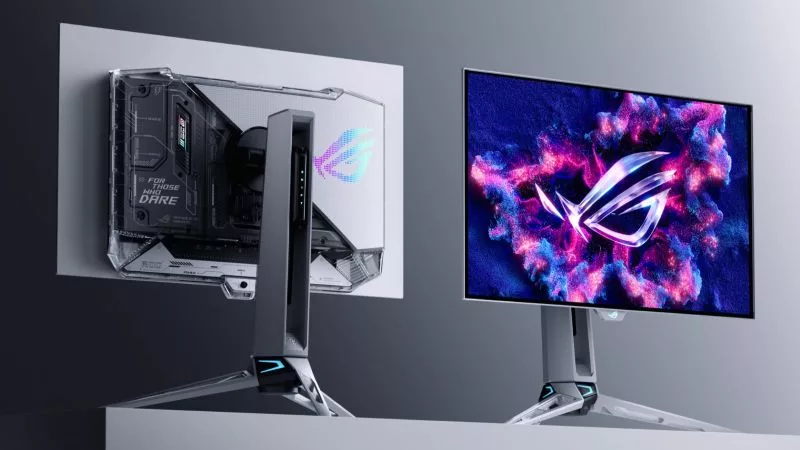
Prepare for Tandem OLED splendor with these new ROG gaming monitors

How to adjust your laptop's P-Cores and E-Cores for better performance and battery life
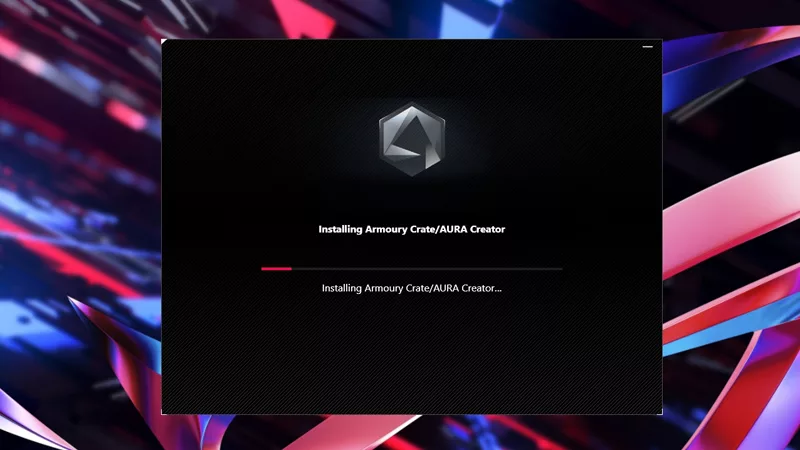
How to Cleanly Uninstall and Reinstall Armoury Crate
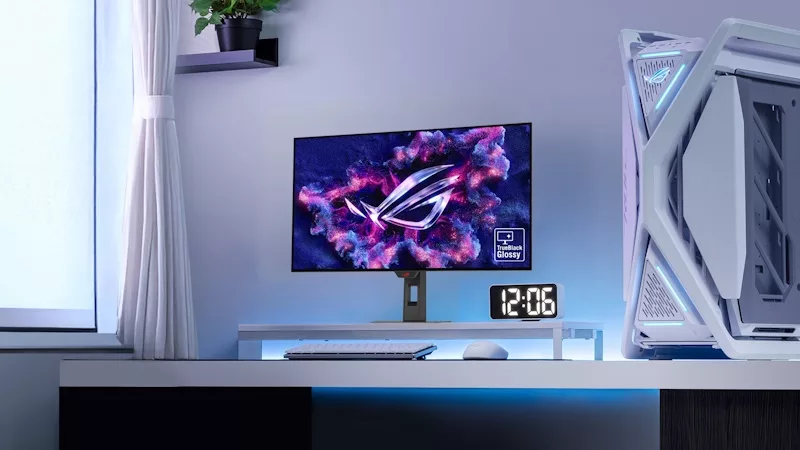
32-inch glossy WOLED panels debut in the ROG Strix OLED XG32UCWMG and XG32UCWG gaming monitors
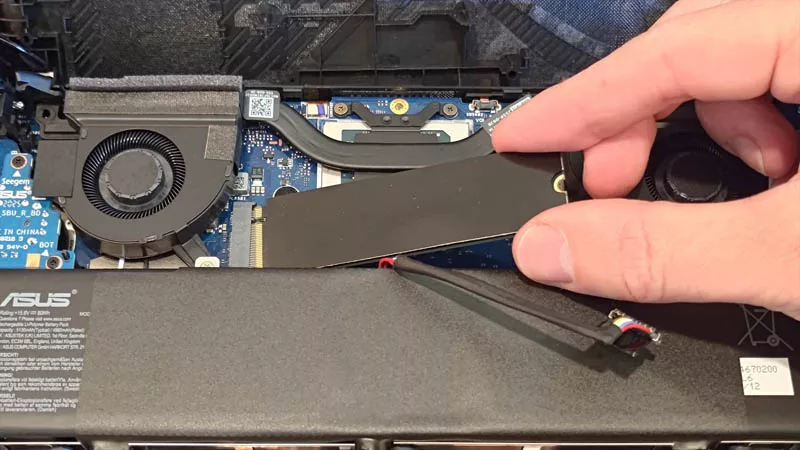
How to upgrade the SSD and reinstall Windows on your ROG Ally, ROG Xbox Ally, or ROG Xbox Ally X
LATEST ARTICLES
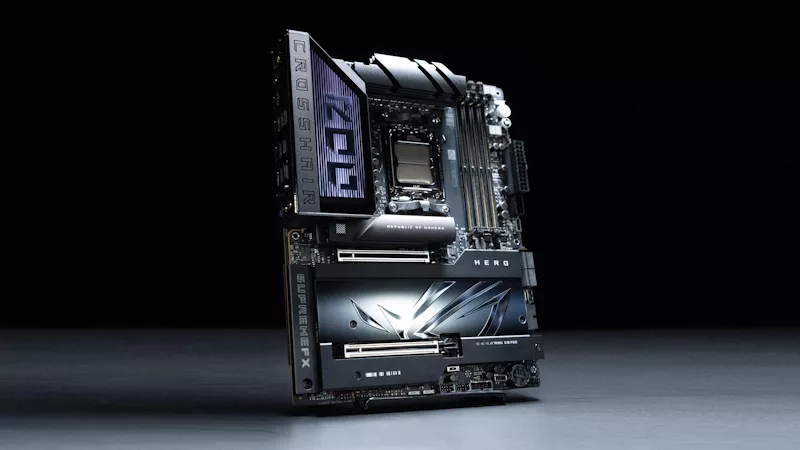
ROG Strix vs Extreme vs Apex vs Hero: What's the difference between ROG gaming motherboards?
When we launch a new generation of motherboards, we don’t just design one model and expect it to meet everyone’s needs. We give you a broad range of options from our ROG Maximus, Crosshair, and Strix lineups so that you can find the board for your next build.
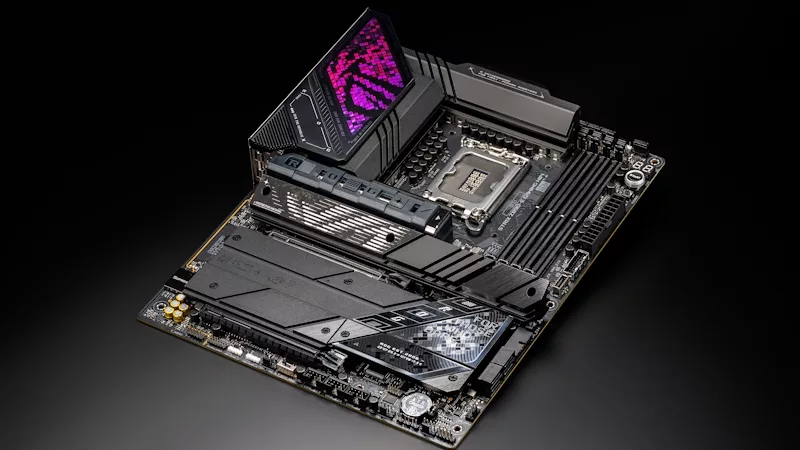
Install up to seven M.2 SSDs on one motherboard with new ROG M.2 PowerBoost tech
Here's how ROG M.2 PowerBoost allows you to install more M.2 drives in one system while enjoying more stable performance.
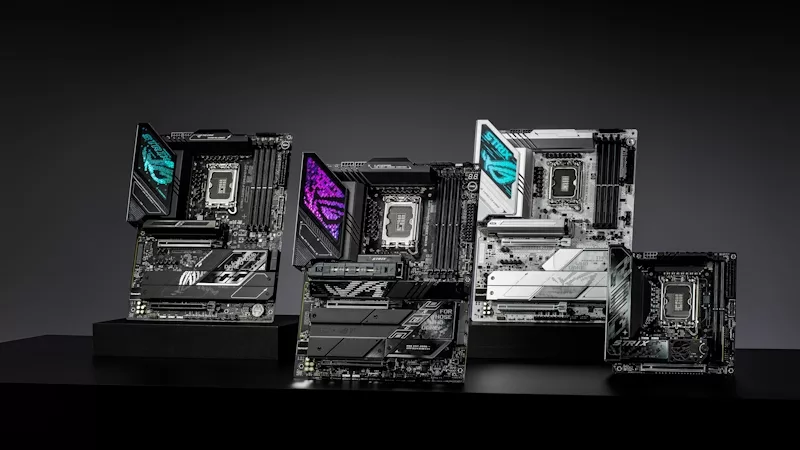
ROG Z890 motherboard guide: meet the new contenders for your next gaming rig
New ROG Maximus and ROG Strix Z890 motherboards stand ready for your Intel Core Ultra (Series 2) CPU.
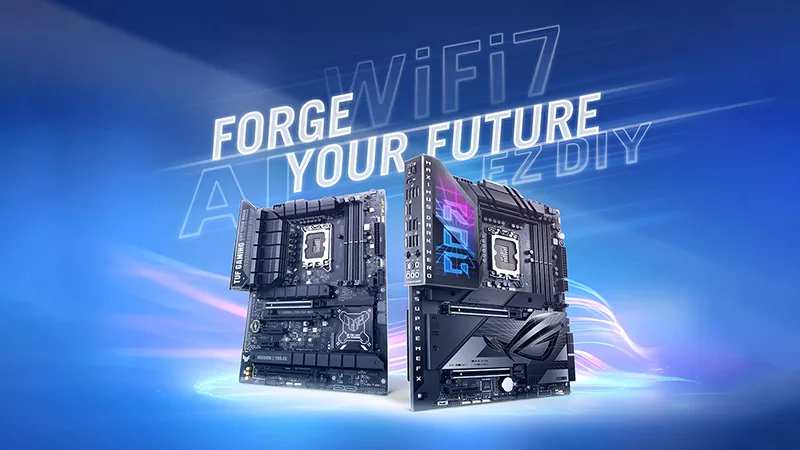
New Z790 motherboards from ROG pave the way for 14th Gen Intel Core CPUs
WiFi 7 support, more fast storage, front-panel device charging, intelligent controls — our latest Z790 motherboards have it all.
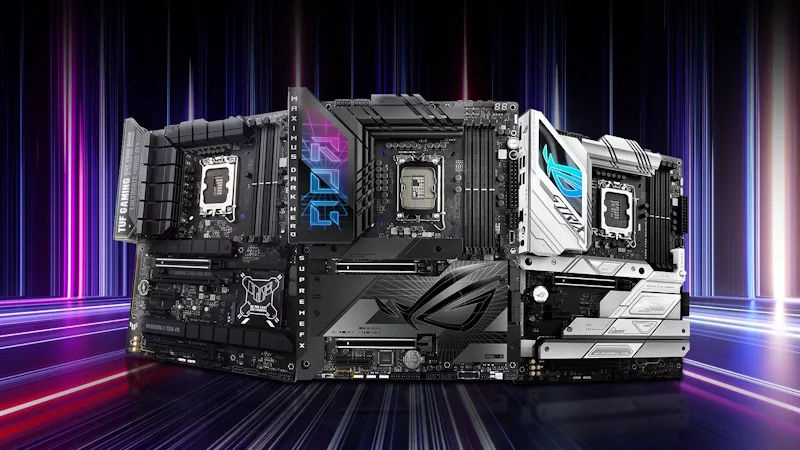
New Z790 motherboards from ROG pave the way for next-gen Intel Core CPUs
WiFi 7 support, more fast storage, front-panel device charging, intelligent controls — our latest Z790 motherboards have it all.
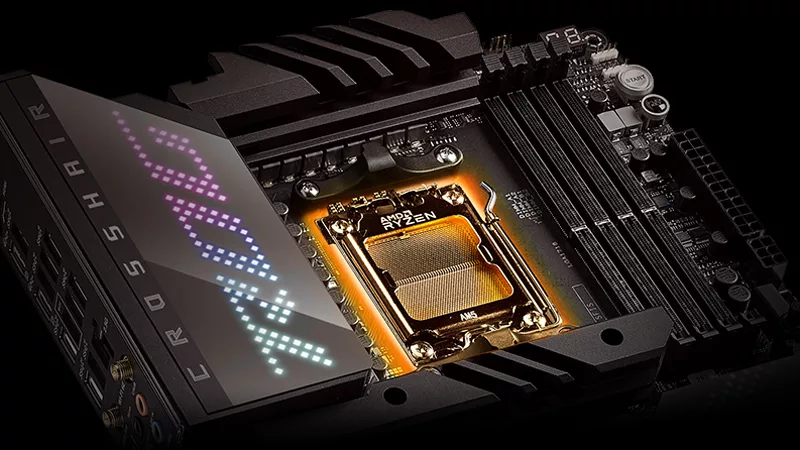
The best motherboards for a Ryzen 9 7950X3D CPU from ROG and TUF Gaming
AMD has released two new processors with 3D V-Cache technology: the Ryzen 9 7950X3D and the Ryzen 9 7900X3D. ROG and TUF Gaming X670 motherboards will provide a rock-solid foundation for these new top-tier chips.